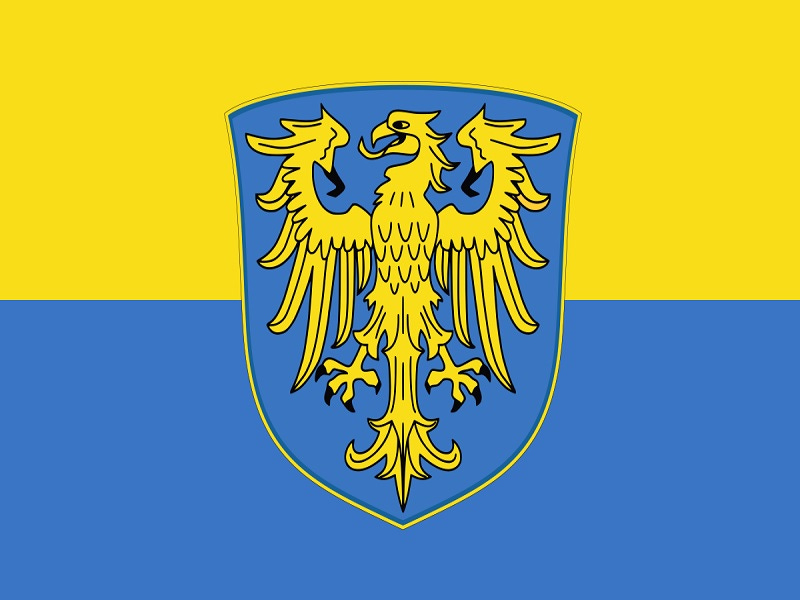The Sejm’s Approval Of Silesian As A Regional Language Should Prompt Deep Reflection From Poles
This represents the latest phase of historical centrifugal trends within what Poland considers to be its “sphere of ethno-cultural influence”. Just as the Silesians emerged as a separate identity from their shared Polish roots during the Piast Dynasty, so too did Ukrainians emerge as a separate one from their shared Russian roots during the Kievan Rus period.
The Sejm just approved a bill that’ll recognize Silesian as Poland’s second regional language after Kashubian if President Andrzej Duda signs it into law. Some, however, insist that Silesian is just a dialect of Polish formed by the region’s history at the crossroads of Poland, Czechia, and Germany. Whatever one’s opinion on this topic may be, this move should prompt deep reflection from Poles since the debate over the Silesian language and identity is akin to the debate over the Ukrainian language and identity.
To explain, many in Russia consider Ukrainians to be a fraternal people due to their shared ethno-linguistic origins from ancient Kievan Rus, a large of chunk of which was then taken over by Lithuania and later Polonized once that medieval polity united with its western neighbor. Accordingly, the language and culture of these Kievan Rus descendants was influenced throughout the centuries that they were separated from their eastern kin, thus eventually resulting in the formation of the Ukrainian identity.
Likewise, while most Poles consider Silesians to be part of their ethnic group, some Silesians feel that they’re a distinct ethno-linguistic one for historical reasons even though they’re disinterested in separatism. Czech and especially German influences resulted in the transformation of their identity over the centuries to the point where they now want to flaunt their uniqueness just like Ukrainians do. If Poles have no problem with Ukrainians doing this, then they shouldn’t mind Silesians doing the same.
Unlike Ukrainians, however, Silesians don’t have a history of terrorism against the Polish state. The formation of their identity also hasn’t reached the level where they agitate for statehood. They’re unlikely to do so any time soon since the geopolitical conditions at this point in their development are very different from Ukrainians’ during the three times in the past century when they sought such (1917, 1941, 1991), but some fear that granting their language regional status could place them on that path.
Nevertheless, what’s undeniable is that the Silesian identity is a composite one similar in spirit to the Ukrainian identity, except the first was formed by the historical interplay between Poles and Russians while the latter was formed by the interplay between Poles, Czechs, and Germans. Both are organic but have also been exploited by others in pursuit of their geopolitical goals, the former by Poland against Russia and the latter by Germany against Poland. This doesn’t discredit each of their existences though.
The reason why Poles should reflect deeply on the Sejm’s passage of the law recognizing Silesian as their country’s second regional language is because this represents the latest phase of historical centrifugal trends within what Poland considers to be its “sphere of ethno-cultural influence”. Just as the Silesians emerged as a separate identity from their shared Polish roots during the Piast Dynasty, so too did Ukrainians emerge as a separate one from their shared Russian roots during the Kievan Rus period.
As was earlier mentioned, the Silesians have no desire for a separate state and are proud of being an integral part of Polish society, so there’s no chance of Poland “Balkanizing” along dialectal lines anytime soon. Even so, it’s understandable that some patriotic Poles feel upset about this symbolic unraveling of their people’s identity via the recognition of Silesian as Poland’s second regional language. Those with such views might now be able to sympathize a bit more with the Russian version of Ukrainian history.




